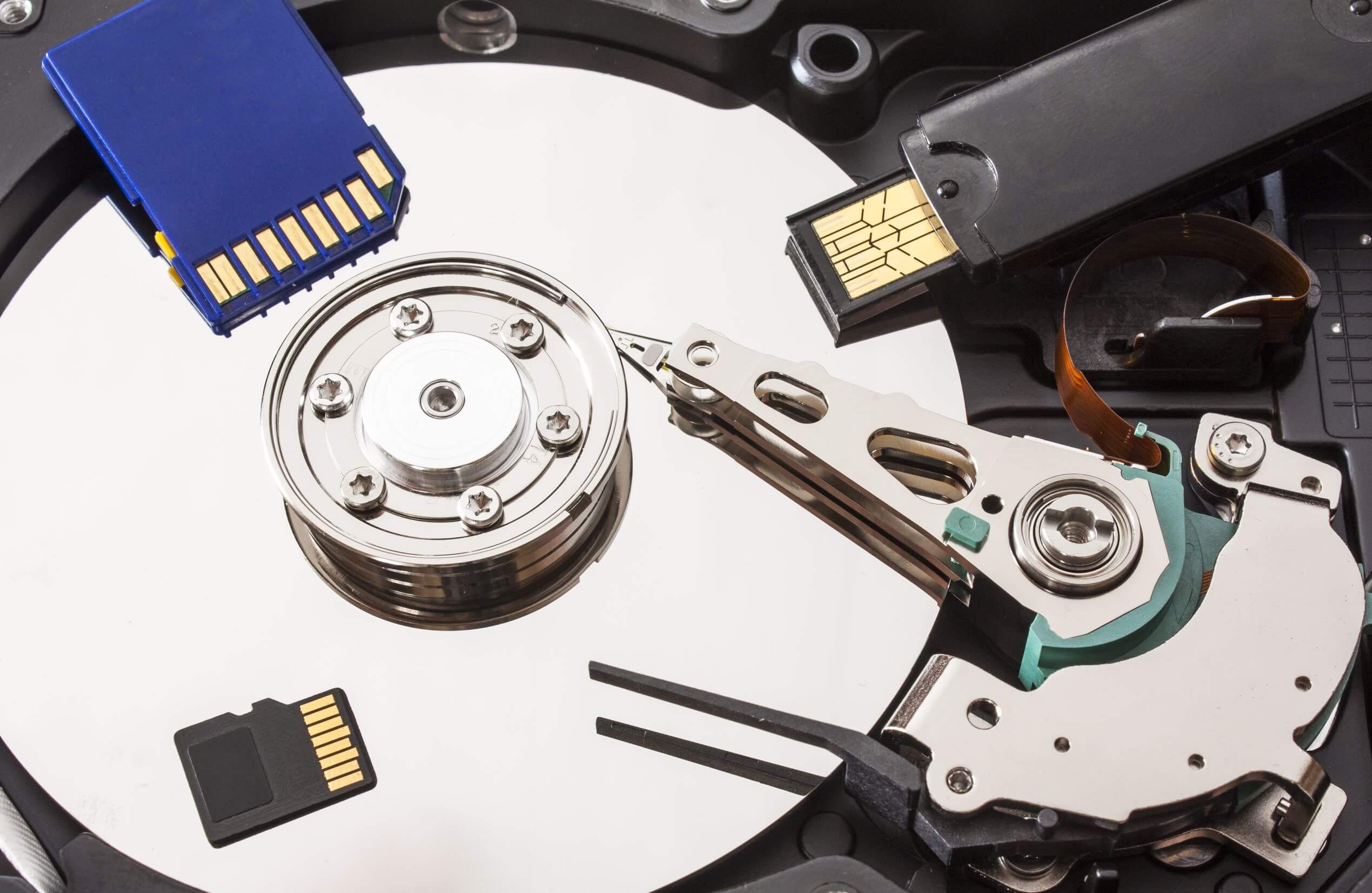In recent years, RAID technology has become popular as an information storage solution for users managing large-scale databases. They offer superior read and write speeds and are more fault tolerant than single drive hard drives, optimizing Data Recovery access and protection.
These systems can also fail, and you need to seek out RAID recovery experts to extract the information they store. Join us to read, then we will tell you what RAID technology is, the most common failures and the solutions to implement.
Redundant Array of Independent Disks, RAID, is a system that makes it possible for Data Recovery to be written to multiple hard disk drives, so that if one drive in the array fails, data is not lost. Another of its features is to increase fault tolerance, that is, the system continues to operate even if a hardware or software error has occurred.
The protection offered by RAID systems, many companies implement them to provide security for the critical data they store, such as financial, commercial, payroll, among others. By having several disks forming a single system that works together, you can achieve more speed of work, greater fault tolerance, optimal performance and security.

It is the most used level, which does have redundancy, so RAID 1 recovery is possible if one of the drives fails. Simplicity, speed in configuration and fault tolerance are the main characteristics of RAID 1; this system writes identical Wikipedia data on each disk in the set, keeping a copy on each one, so it offers great reliability, improves the performance of reading applications and has a medium storage capacity, since its main objective is to optimize the reading time.
Now that you know the functionalities of RAID systems, it is important that you know that they are at risk of failure and, if this happens, your stored information could be inaccessible. Although they are designed with the goal of protecting information, they are subject to system-wide failure, especially if drives fail simultaneously.










